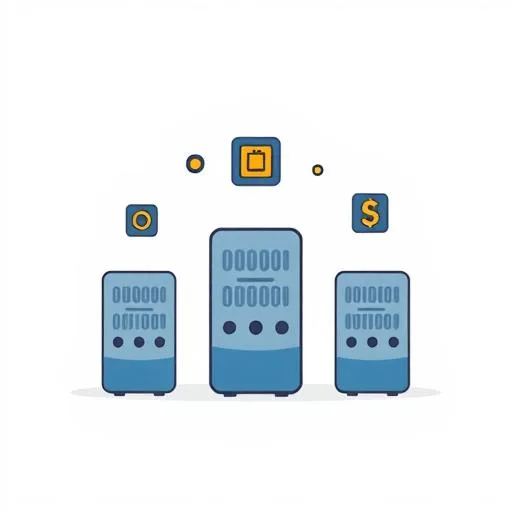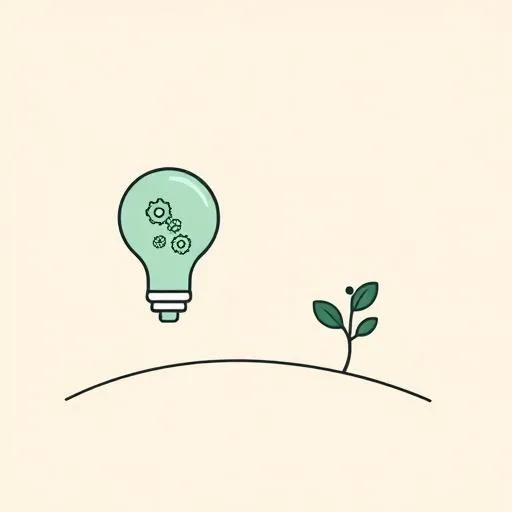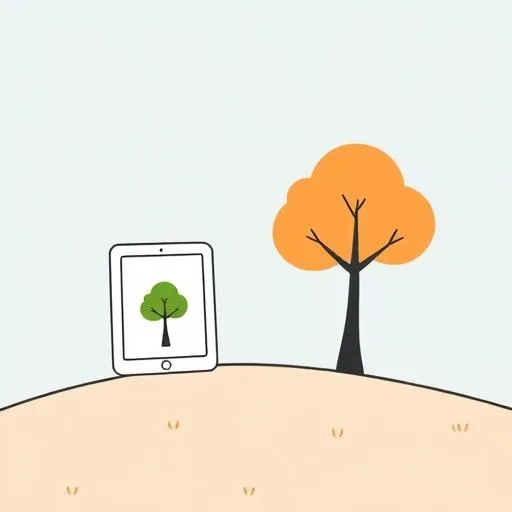
Ever planned a family vacation and watched the budget balloon from ‘affordable getaway’ to ‘once-in-a-lifetime splurge’? That’s exactly what hit me when I read about OpenAI’s eye-popping projection—they’re expecting to spend $115 billion by 2029 just to power ChatGPT. Suddenly, that summer trip to the mountains feels like pocket change! But beyond the staggering numbers, it got me thinking: What does this massive investment mean for our kids, their learning, and the world they’re growing up in?
The Staggering Scale of AI’s Appetite

Let’s break it down—$115 billion isn’t just a number; it’s a tidal wave of resources. To put it in perspective, that’s like stacking enough dollar bills to reach the moon and back… twice! OpenAI’s cash burn is soaring because running AI isn’t just about clever code; it’s about immense computing power, data centers consuming vast amounts of energy, and custom chips designed specifically for intelligence tasks. They’re partnering with giants like Broadcom and Oracle, and even planning their own AI chips by next year—all to keep ChatGPT humming smoothly.
But here’s the kicker: McKinsey research hints this is just the beginning. They project a whopping $6.7 trillion needed globally for AI infrastructure by 2030, with compute demand potentially tripling. That’s not just tech talk; it’s a fundamental shift in how our world operates. For our kids, it means growing up surrounded by tools smarter and more resource-intensive than anything we’ve ever seen.
Why This Matters for Our Little Learners

So, what’s this got to do with our 7-year-olds doodling robots or asking ChatGPT for homework help? Everything! This investment isn’t just about business—it’s about shaping the environment where our children learn, play, and imagine. AI is becoming the invisible scaffolding supporting their curiosity, from answering ‘why is the sky blue?’ to suggesting creative story ideas.
But with great power comes great… electricity bills? Seriously, though, the scale of resources going into AI reminds us that these tools aren’t magic; they’re built on real-world infrastructure. It’s like explaining to your kid that their favorite cartoon streams because of massive servers somewhere, humming away. This awareness helps them appreciate technology not as a given, but as something crafted—sparking curiosity about how things work behind the screen.
Balancing Tech Wonder with Real-World Wonder

Here’s where we, as parents, step in. With AI evolving at lightning speed, it’s tempting to let it handle everything—from planning playdates to explaining math. But remember those lazy afternoons flipping through encyclopedias or building forts? There’s magic in the unplugged, hands-on discoveries too.
Think of AI as a brilliant tour guide on your family’s adventure—it can suggest routes, share fun facts, even translate languages. But the real memories? Those come from stopping to smell the flowers, getting lost down a trail, or laughing over a picnic mishap. Similarly, let AI enhance learning, but keep space for unstructured play, messy art projects, and conversations that meander like a lazy river.
Why not try blending both? Use ChatGPT to brainstorm story ideas for your child’s drawings, then act them out together. Or let AI suggest science experiments, but grab the baking soda and vinegar for hands-on fun. It’s about harmony—tech as a tool, not a replacement for wonder.
Nurturing Resilience in an AI-Driven World

All this investment signals one thing: AI isn’t going away. It’ll be part of our kids’ jobs, hobbies, and daily lives. So how do we prepare them? Not by drilling coding at age 7, but by fostering skills no algorithm can replicate—creativity, empathy, critical thinking.
Encourage questions like, ‘How do you think AI helps doctors?’ or ‘What if robots could paint?’ These chats build literacy naturally, helping kids see technology as a partner, not a puzzle. And with ethical considerations rising—like who controls these powerful tools—we’ve got a chance to model values like kindness and responsibility, weaving them into tech talks.
Most importantly, let’s keep it joyful. AI should feel like a superpower for curiosity, not a source of pressure. Whether your child is into music, building, or exploring outdoors, there’s a way to let tech amplify their passions without overshadowing them.
The Big Picture: Hope and Hands-On Heart

Seeing numbers like $115 billion might feel overwhelming—like the future is rushing at us. But here’s the secret: it’s not about keeping up; it’s about staying grounded. However grand AI becomes, the core of parenting remains unchanged—laughing together, learning from mistakes, sharing stories under the stars.
So as OpenAI builds its chips and data centers, let’s build something too: a home where technology serves curiosity, not replaces it. Where kids grow up tech-savvy but also people-smart, ready to thrive in a world shaped by both silicon and soul.
After all, the best adventures blend high-tech tools with low-tech heart. And that’s a balance worth investing in—no billion-dollar budget required.
Source: OpenAI expects to burn $115 billion on ChatGPT through 2029 — but is developing its own AI chips to help offset soaring costs, Windows Central, 2025/09/09 11:32:00
